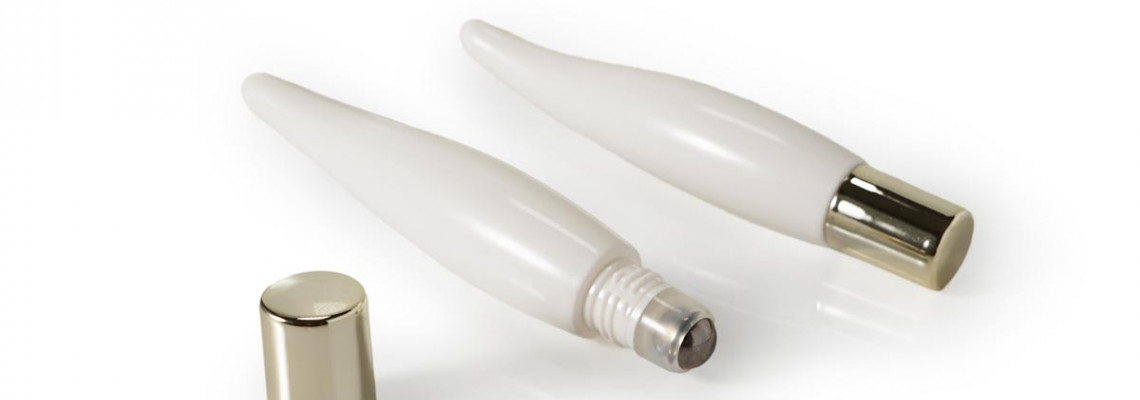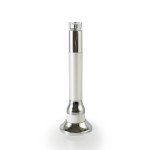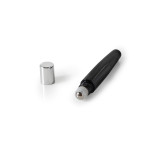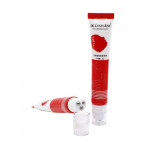
Introduction
Choosing the right materials is a cornerstone in the design of custom packaging. This post will explore how material selection is critical for custom eye cream bottles, influencing everything from consumer appeal to product efficacy.
Aesthetics and Brand Identity
The material of a product’s packaging plays a pivotal role in branding:
- Material Properties: Select materials that reflect the brand’s personality and appeal to the target market.
- Visual Appeal: Focus on the color, texture, and finish of the materials to ensure they enhance the product's visibility.
- Design Harmony: Materials should complement other elements of the packaging to create a cohesive look.
Functionality and Performance
The functionality of packaging materials is vital for protecting and preserving the product:
- Durability: Materials must withstand transport and handling without degrading.
- Compatibility: The interaction between the packaging material and the product formula should not compromise the product’s integrity.
- Manufacturability: Choose materials that are conducive to efficient manufacturing and assembly processes.
Sustainability and Environmental Impact
Sustainability is increasingly important in packaging choices:
- Eco-friendliness: Opt for materials with minimal environmental impact, considering their lifecycle from production to disposal.
- Renewable Resources: Use recyclable, biodegradable, or renewable materials whenever possible.
- Brand Alignment: Ensure that the materials reflect the brand’s environmental commitments and goals.
Common Packaging Materials for Eye Cream Bottles
Eye cream bottles can be made from a variety of materials, each offering distinct advantages:
- Glass: Provides a premium feel and excellent protection but can be heavy and fragile.
- Plastics (PET, HDPE, PP): These are cost-effective, lightweight, and versatile, suitable for a wide range of designs.
- Aluminum: Offers a modern look and excellent protection against air and light.
- Airless Packaging: Ideal for preserving sensitive formulations, preventing contamination and oxidation.
Material Evaluation Criteria
When selecting materials, consider the following criteria:
- Aesthetic Appeal: Does the material enhance the product's appearance?
- Functional Performance: Is the material compatible with the product and does it protect it effectively?
- Sustainability: Does the material support environmental sustainability?
- Cost-effectiveness: Is the material cost-efficient for production and does it meet budget requirements?
Case Studies: Successful Material Selections
Explore real-world examples where material choices have significantly enhanced packaging:
- Case Studies: Detailed analysis of eye cream bottles that exemplify successful material usage, highlighting the benefits and customer response.
Collaboration with Material Suppliers
Effective partnerships with suppliers can enhance packaging outcomes:
- Leveraging Expertise: Utilize the technical knowledge and innovation of material suppliers.
- Custom Solutions: Work together to develop materials tailored to specific packaging needs.
- Optimized Design: Ensure materials are perfectly suited to the packaging design and functionality.
Conclusion
Selecting the right materials for custom eye cream bottles involves balancing aesthetics, functionality, and sustainability. Collaborative efforts with suppliers are essential to achieve optimal packaging solutions that meet both brand and consumer expectations.
Explore our innovative Eye cream packaging solutions for further inspiration.
By prioritizing these elements, brands can create packaging that not only looks great but also aligns with modern consumer values and technical requirements.











